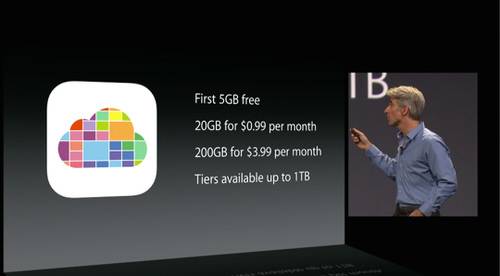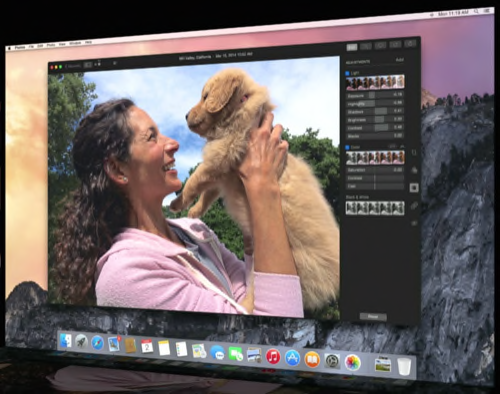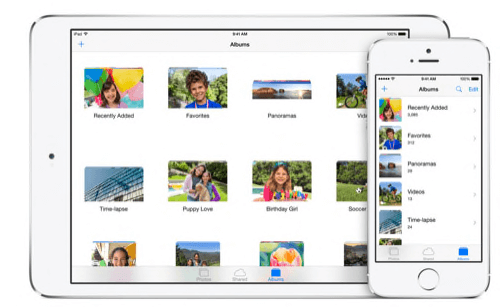Since the heyday of the iPhone 4S, Apple devices have led the pack in mobile photography thanks to high-quality lenses, other hardware and elegant internal image processing. Unfortunately, Apples’ rather pedestrian tools for managing and retouching photos failed to keep pace—and that’s putting it politely.
Happily, thanks to some core new features shared between OS X Yosemite and iOS 8, Apple’s photo software might finally do its photo hardware justice.

1. iCloud Photo Library
If you’ve ever had to delete photos or video off of your iPhone to make room for more, you should be really, really stoked for this one. If early glimpses at iOS 8 prove true, iCloud will actually work as intended, syncing photos to Apple’s cloud effortlessly. Right now, Apple’s Photo Stream feature will store 1000 photos for free, but between Photo Stream, the Camera Roll and the iPhoto Library, the system is convoluted at best.
In iOS 8, the first 5GB of storage will remain free, but a new plan introduces 20GB worth of photo storage for 99 cents a month. That’s a crazy good deal if you’re tired of shuffling older photos off of your phone to make room for the new ones and don’t trust the iCloud labyrinth. (Right now, 20GB of additional iCloud storage will set you back $40 per year, while 50GB of extra space runs a steep $100.) Photos synced with iCloud Photo Library will be stored at full resolution in their original format.

2. iPhoto Evolves Into Photos
Over the years, I’ve done everything within my power to avoid opening iPhoto. Apple’s pre-installed desktop photo software is obviously geared toward casual use (and not heavy post-processing or anything), but even the most basic aspects of photo library organization leave plenty to be desired.
Now iPhoto will evolve into just plain ol’ Photos, a desktop-sized version of the reimagined iOS 8 Photos app reportedly redesigned “from the ground up.” Photos for OS X Yosemite seems geared toward organization, but will come built in with basic toggles for things like saturation and contrast. Most importantly, it looks to provide a more visually and functionally seamless experience when transferring photos from mobile to desktop—a process that is more than a little painful right now.

3. Photo Library Search
The agony of sifting through old photos on your iPhone (or in iPhoto) is soon to be no more. In iOS 7, Apple made some big visual improvements to its mobile photo library setup, and iOS 8 looks to take those even further.
In particular, it will offer smart searches that employ photo metadata to pull up what’s relevant so you don’t have to scroll and scroll and scroll. The search can pull up images based on location, date, time, album name and even a Timehop-style “one year ago” feature that can show you what you were up to way back when.

4. Photo filters and editing tools
In iOS 8 and OS X Yosemite, photo organization will see major improvements, but Apple is making progress on the editing front too. While Photos for OS X won’t approach the kind of granular control you get in something like Lightroom, it looks to add plenty for the casual mobile photography to love, including on-screen adjustments akin to more advanced mobile photo editors like Google-owned Snapseed.

5. Photo Favorites
This may seem like a tiny addition, but some of us have been waiting forever for a built-in “favorite” button for iOS photo organization. This one addition could singlehandedly do away with time wasted scrolling through similar or throwaway photos when showing them to friends or uploading them to apps like Instagram and Facebook. Sure, you can add photos to an album of your choosing, but a one-click favoriting feature lets you bring the stuff that matters right to the top, right away.
All told, the future looks bright for iPhone photographers of all stripes. We’re still scratching our heads about why many of these updates weren’t baked into iOS years ago (Android is light years ahead in that regard), but we’re just happy that they’re on the way.










